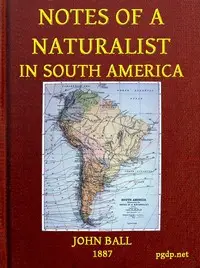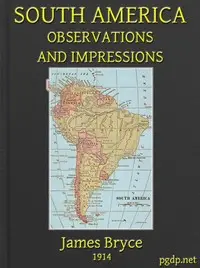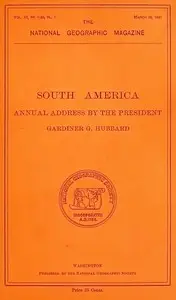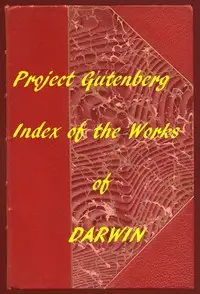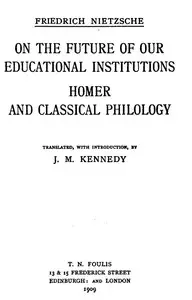"Geological Observations on South America" by Charles Darwin is a scientific exploration rooted in the author’s journeys across the continent while aboard the HMS Beagle. The text centers on the dynamic geology of South America, emphasizing the powerful forces of seismic events and marine action in sculpting the landscape. The book starts by introducing evidence of land elevation and various marine fossils at different altitudes, which Darwin uses to support his theories about geological transformation. As the narrative unfolds, Darwin methodically examines areas along the eastern and western coasts, noting features like terraced plains and fossilized sea creatures to build a deep understanding of the continent's extensive geological past.

Geological Observations on South America
By Charles Darwin
Embark on a voyage to discover how earthquakes and the ocean's relentless power mold a continent's very foundation, as revealed by one man's groundbreaking observations.
Summary
About the AuthorCharles Robert Darwin was an English naturalist, geologist, and biologist, widely known for his contributions to evolutionary biology. His proposition that all species of life have descended from a common ancestor is now generally accepted and considered a fundamental scientific concept. In a joint publication with Alfred Russel Wallace, he introduced his scientific theory that this branching pattern of evolution resulted from a process he called natural selection, in which the struggle for existence has a similar effect to the artificial selection involved in selective breeding. Darwin has been described as one of the most influential figures in human history and was honoured by burial in Westminster Abbey.
Charles Robert Darwin was an English naturalist, geologist, and biologist, widely known for his contributions to evolutionary biology. His proposition that all species of life have descended from a common ancestor is now generally accepted and considered a fundamental scientific concept. In a joint publication with Alfred Russel Wallace, he introduced his scientific theory that this branching pattern of evolution resulted from a process he called natural selection, in which the struggle for existence has a similar effect to the artificial selection involved in selective breeding. Darwin has been described as one of the most influential figures in human history and was honoured by burial in Westminster Abbey.

